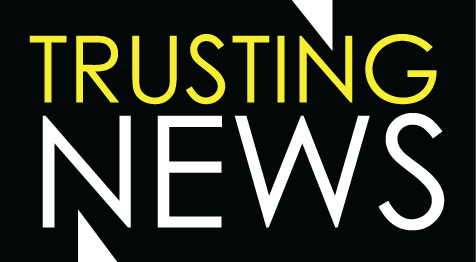Journalists' credibility
WCPO shares station’s commitment to community
Trust Tip 46: Build transparency into investigative pieces
KPRC posts reporter bios
Trust Tip 31: When you’re right and other news outlets are wrong, tell your audience

Each week in the Trust Tips newsletter, we break earning trust down into one quick, actionable tip.
Subscribe here.
